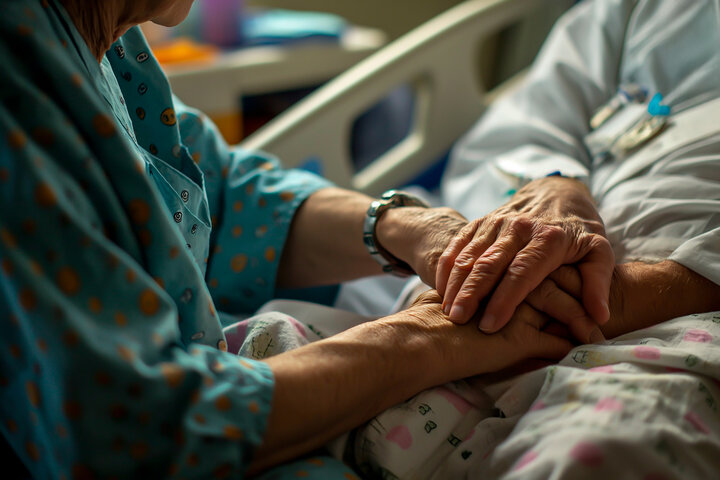Sponsored Content
JUST BEING PRESENT
Published 12:00 am Friday, August 1, 2025
No One Dies Alone program seeks volunteers
By Trish Yerges
Few things are more comforting to a dying patient than having someone at their bedside—especially when family or friends can’t be there. No one should have to die alone. That belief is at
the heart of No One Dies Alone (NODA), a volunteer program that offers compassionate companionship to patients in their final hours.
Founded in 2001 by critical care nurse Sandra Clarke at Sacred Heart Medical Center in Eugene, Oregon, NODA now operates in more than 400 hospitals and hospices worldwide. At Grande Ronde Hospital, the program works in close coordination with nursing staff to ensure that no patient faces the end of life without a comforting presence.
“A nurse on duty will call me to let me know a patient is requesting NODA services,” explained Verla Kirkeby, NODA Coordinator. “When a call comes in, I contact our vigil coordinator, and she
schedules volunteers to sit with the patient.”
Kirkeby manages a trained group of 10 to 12 volunteers—people she has personally interviewed, vetted, and prepared for this deeply meaningful work. Volunteers are on call and typically take two-hour shifts, offering quiet presence and gentle support. Some patients may want someone to hold their hand, play soft music, read poetry or scripture aloud, or simply sit in silence.
“I’m looking for compassionate companions,” Kirkeby said. “They have to have the heart for this.”
Prospective volunteers must first complete a volunteer application through Calli Crippen-Evans in GRH Administration and then meet with Kirkeby for an interview.
“I always ask, ‘Why do you want to be a NODA volunteer?’ I want to understand their perspective on death and whether they’ve had personal experience with end-of-life care,” Kirkeby said.
While prior experience isn’t required, a willingness to be fully present and emotionally grounded is essential. Suitable applicants are then approved by the President’s Council and complete a two-
week training program.
The training includes clinical education on end-of-life processes, including physical and behavioral changes a patient may experience. Volunteers are also taught how to offer comfort through
nonverbal presence—understanding, for example, that patients who appear semi-conscious can often still hear, feel touch, and respond to soothing gestures.
“A cool washcloth on the forehead, or a sponge to moisten the lips, can bring real peace in those final moments,” Kirkeby explained. “Our volunteers are trained to observe the patient’s cues and
respond to what they need—not what we think they need.”
Nurses continue to check in and ensure the patient is comfortable, hydrated, and at peace. But NODA volunteers are there for something different—a sacred presence, attentive and kind, simply
there to witness and comfort.
“If you have a passion for people, and you want to help them find peace at the end of life, this might be something you’d find meaningful,” Kirkeby said. “It’s not easy work, but it’s deeply fulfilling. It’s a sacred holding.”
To learn more or to apply as a NODA volunteer, visit grh.org/careers/volunteer-opportunities/.










